Ulmaceae Tree
- March 13, 2024
- 0 comment
The Ulmaceae family, commonly known as the elm family, comprises various species of trees and shrubs. These plants are distributed across different regions of the world, including temperate and tropical areas. Some well-known members of the Ulmaceae family include elms (genus Ulmus), hackberries (genus Celtis), and zelkovas (genus Zelkova).
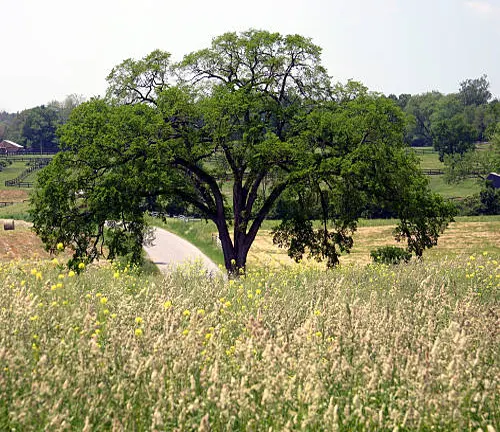
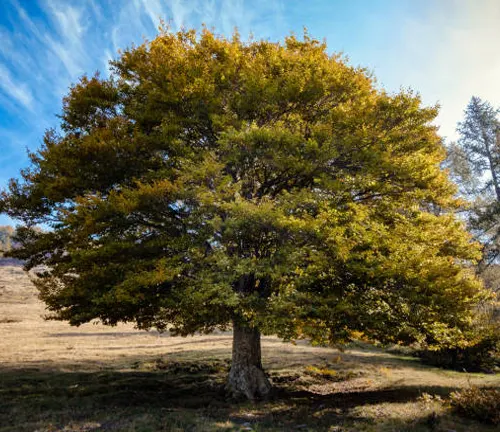
These trees are distributed across various regions worldwide, from temperate forests to subtropical areas. Recognizing the importance of Ulmaceae trees involves delving into their characteristics and ecological significance.
It is commonly known as the Elm family and encompasses a diverse group of trees with significant ecological and cultural importance. Understanding the characteristics and botanical beauty of Ulmaceae trees sheds light on their role in ecosystems and human societies.
| Characteristics | Description |
|---|---|
| Scientific Name | The scientific name of the Ulmaceae family varies depending on the genus and species. However, all members are classified under the botanical family Ulmaceae. |
| Common Names | Ulmaceae trees are commonly referred to as elms, though specific species may have additional common names based on their attributes or geographic location. |
| Family | Belonging to the Ulmaceae family, these trees share botanical traits and genetic relationships with other members of the family. |
| Native Region | The native regions of Ulmaceae trees vary, with different species adapted to diverse climates and habitats across the globe. |
| Plant Type | Ulmaceae trees are deciduous, meaning they shed their leaves annually. They are typically large, woody plants with broad canopies. |
| Size | The size of Ulmaceae trees varies among species, with some reaching towering heights while others remain relatively small. |
| Leaves | The leaves of Ulmaceae trees are typically alternate, simple, and serrated along the edges. They vary in shape and size depending on the species. |
| Flowers | Ulmaceae trees produce small, inconspicuous flowers that are often wind-pollinated. These flowers give way to seeds encased in distinctive winged fruits. |
| Propagation | Ulmaceae trees can be propagated through various methods, including seeds, cuttings, and grafting. Successful propagation requires proper environmental conditions and care. |
| Drought Tolerance | Many Ulmaceae species exhibit significant drought tolerance, enabling them to thrive in arid or semi-arid regions. Their ability to conserve water contributes to their resilience in challenging environments. |
| Cultural Uses | Throughout history, Ulmaceae trees have held cultural significance in different societies. They have been used for timber, shade, and medicinal purposes, reflecting their versatile utility. |
| Ecological Role | Ulmaceae trees play a crucial role in ecosystems, providing habitat and food for various wildlife species. They contribute to biodiversity and ecosystem stability through their interactions with other organisms. |
| Notable Species | Some notable species within the Ulmaceae family include the American elm (Ulmus americana), European elm (Ulmus minor), and Japanese elm (Zelkova serrata). Each species has unique characteristics and ecological roles. |
| Hardiness Zones | Ulmaceae trees are adaptable to a wide range of hardiness zones, though specific species may have preferences for certain climates and growing conditions. |
| Growth Rate | The growth rate of Ulmaceae trees varies depending on factors such as species, environmental conditions, and management practices. Some species exhibit rapid growth, while others grow more slowly. |
| Lifespan | The lifespan of Ulmaceae trees can span several decades to centuries, with individual trees living for many years under favorable conditions. |
Botanical Beauty of “Ulmaceae”
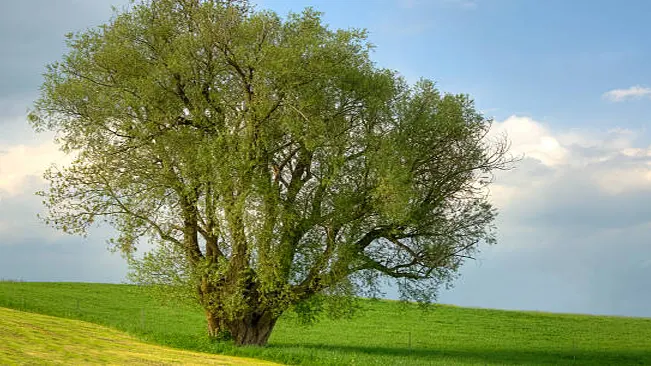
Ulmaceae trees exhibit a captivating botanical beauty characterized by their graceful forms, vibrant foliage, and occasionally ornate bark patterns. Their elegant appearance serves to enhance the natural charm of landscapes, whether within forested realms or amid urban settings. With their poised stature and lush greenery, Ulmaceae trees bestow a sense of tranquility and aesthetic refinement upon their surroundings.
Woodland Elegance
In forested environments, Ulmaceae trees contribute to woodland elegance with their majestic presence and abundant foliage. Their arching branches and luxuriant leaves imbue wooded areas with a sense of sophistication, creating an atmosphere of serenity and scenic allure. Within these sylvan realms, Ulmaceae trees enrich the landscape, fostering a picturesque ambiance cherished by both observers and inhabitants alike.
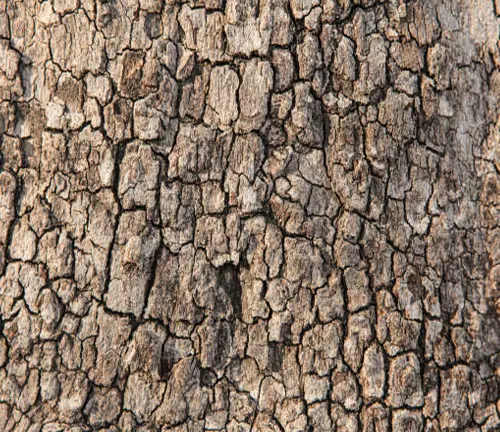
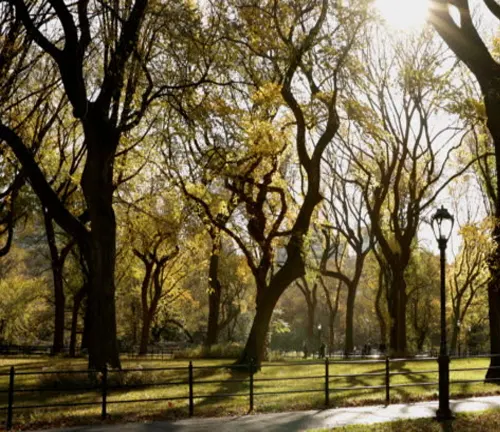
Ecological Importance
Ulmaceae trees play a pivotal ecological role, providing crucial habitats and sustenance for a diverse array of wildlife species. Their presence fosters biodiversity, supporting pollinators and other organisms vital to ecosystem health. By serving as integral components of natural environments, Ulmaceae trees contribute to the preservation of ecological balance and the sustainability of diverse ecosystems.
Cultivation and Conservation
The cultivation and conservation of Ulmaceae trees entail employing meticulous planting techniques, implementing effective maintenance practices, and undertaking dedicated conservation efforts. Conservation endeavors strive to safeguard natural habitats, combat invasive species, and promote genetic diversity to ensure the enduring existence of these invaluable trees within their native ecosystems.

Fragrance
Certain Ulmaceae species produce fragrant flowers or foliage, diffusing a delightful aroma throughout their surroundings. This natural fragrance enhances the sensory experience, attracting pollinators and delighting human observers alike. The aromatic essence emitted by Ulmaceae trees adds a pleasant dimension to the environment, enriching the ambiance with its enticing scent.

Soil Stabilization
Ulmaceae trees play a crucial role in soil stabilization through their extensive root systems, which anchor soil particles, mitigate erosion, and enhance soil structure. Their contributions to soil stability are paramount for preserving land integrity, preventing soil degradation, and fostering sustainable land management practices.
Common Uses
Throughout history, Ulmaceae trees have served myriad purposes, including providing timber for construction, furniture-making, and flooring. Additionally, they hold cultural significance in ceremonies and rituals and are prized for their ornamental value in landscaping endeavors.

Benefits
Ulmaceae trees confer numerous benefits upon the environment and human society alike. They offer shade, improve air quality, sequester carbon, and contribute to overall well-being. Furthermore, their aesthetic allure enhances the visual appeal of landscapes and urban locales, enriching the quality of life for those who interact with them.
Different Species

American Elm
(Ulmus Americana)
The American Elm (Ulmus americana) is indigenous to North America and renowned for its distinctive vase-shaped crown and serrated leaves. Once favored as a prominent choice for street planting, its widespread popularity dwindled due to the devastating impact of Dutch elm disease. Despite this setback, the American Elm remains an iconic species, cherished for its inherent beauty and historical significance within North American landscapes.
European Elm
(Ulmus minor)
It is prevalent across Europe and western Asia, distinguished by its towering height and deeply furrowed bark. Despite its widespread distribution, this species faces susceptibility to Dutch elm disease, posing a threat to its populations. Nonetheless, the European Elm retains its significance as a prominent component of European landscapes, appreciated for its majestic stature and natural elegance.

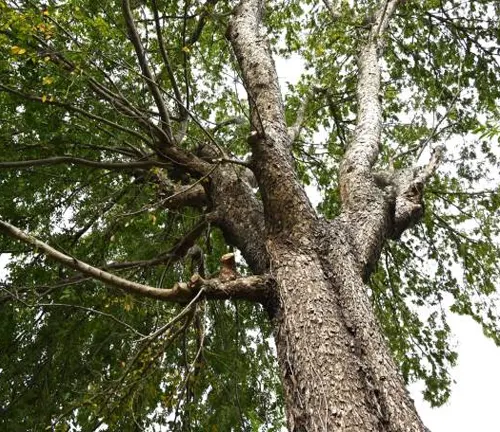
Chinese Elm
(Ulmus parvifolia)
From eastern Asia and is esteemed for its diminutive leaves and resilience in urban environments. Its adaptability to city settings makes it a favored choice for landscaping, particularly in areas with limited space. Additionally, the Chinese Elm is highly sought after for bonsai cultivation, where its compact size and intricate foliage lend themselves to the art of miniature tree shaping.
Siberian Elm
(Ulmus pumila)
From Siberia and eastern Asia, celebrated for its vigorous growth and ability to thrive in challenging climates. Its rapid development and resilience to harsh environmental conditions have made it a popular choice for afforestation projects in regions with adverse weather. However, its robust nature has also led to concerns about invasiveness in certain areas where it outcompetes native vegetation, prompting management efforts to control its spread.
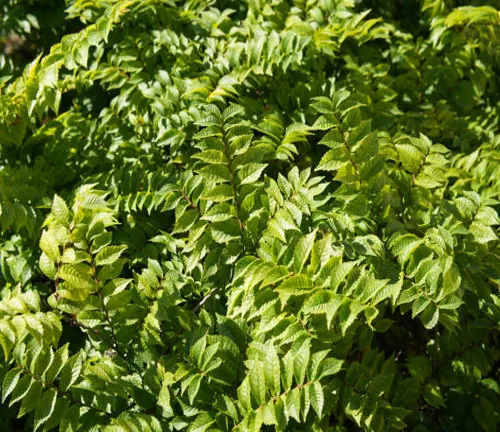
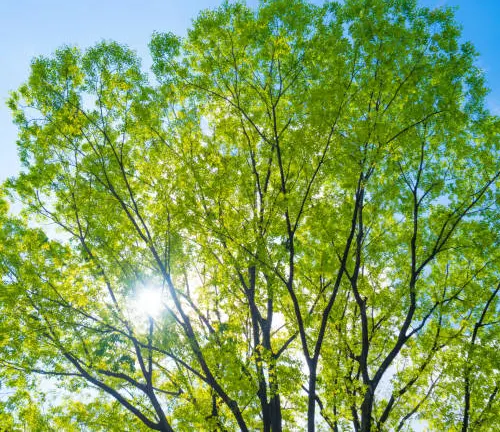
Japanese Zelkova
(Zelkova serrata)
The native to Japan and highly valued for its striking serrated leaves and decorative bark. Its ornamental features make it a sought-after choice for planting in parks and gardens, where it serves as a beloved shade tree. Renowned for its elegant appearance and adaptability to various growing conditions, the Japanese Zelkova remains a popular selection among landscapers and enthusiasts seeking to enhance outdoor spaces with its natural beauty.
Caucasian Zelkova
(Zelkova carpinifolia)
It originates from the Caucasus region and is admired for its expansive crown and vibrant autumn foliage. Its broad canopy and seasonal color changes make it a favored choice for urban landscaping projects, where it adds aesthetic appeal and shade to streets, parks, and other public spaces. With its resilience and ornamental qualities, the Caucasian Zelkova continues to be a cherished selection for enhancing urban environments with natural beauty.
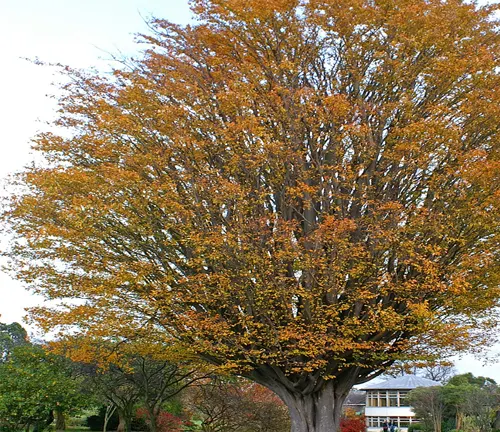
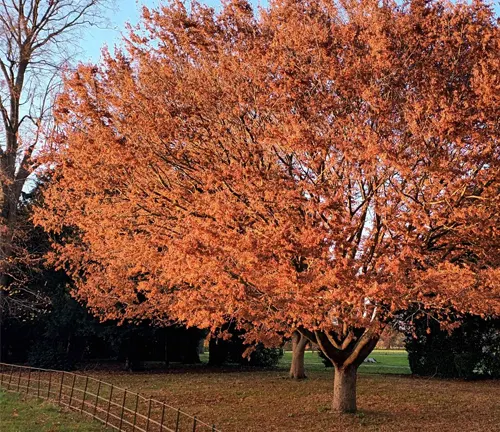
Taiwan Zelkova
(Zelkova serrata var. tarokoensis)
The native is solely to Taiwan and is characterized by its diminutive size and tidy growth pattern. Renowned for its resilience against pests and diseases, this variety is highly prized for its durability in landscapes. Its compact form makes it an ideal choice for small gardens and urban spaces where space is limited. With its ability to withstand environmental challenges and maintain its attractive appearance, the Taiwan Zelkova is a favored selection among gardeners and landscapers seeking low-maintenance yet visually appealing plants.
Korean Zelkova
(Zelkova serrata var. coreana)
They indigenous to Korea and share similarities with the Japanese Zelkova, albeit with smaller leaves and a more upright growth habit. This variety is prized for its compact size and vertical stature, making it an excellent choice for narrow spaces and urban environments where space is limited. With its graceful form and adaptability to various growing conditions, the Korean Zelkova adds a touch of elegance to landscapes and gardens, serving as a versatile and attractive ornamental tree.
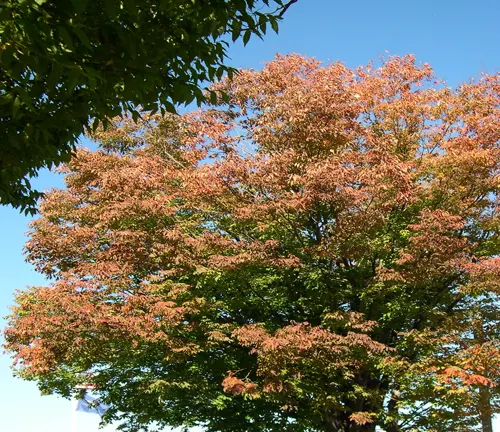
Frequently Asked Questions (FAQs)
- What is the Ulmaceae family?
- The Ulmaceae family is a botanical family that includes various species of trees and shrubs commonly known as elms.
- Where are Ulmaceae trees found?
- Ulmaceae trees are found in temperate and subtropical regions around the world, with different species adapted to diverse climates and habitats.
- Are Ulmaceae trees deciduous?
- Yes, Ulmaceae trees are deciduous, meaning they shed their leaves annually as part of their natural lifecycle.
- What are some common uses of Ulmaceae trees?
- Ulmaceae trees have been historically used for timber, shade, and medicinal purposes. They are also valued for their ornamental beauty in landscaping.
- Are all Ulmaceae species susceptible to Dutch elm disease?
- No, not all Ulmaceae species are susceptible to Dutch elm disease. Some species, like the Chinese Elm, have shown resistance to the disease.
- Do Ulmaceae trees have any ecological importance?
- Yes, Ulmaceae trees play a crucial role in ecosystems by providing habitat and food for various wildlife species. They also contribute to biodiversity and ecosystem stability.
- How can I propagate Ulmaceae trees?
- Ulmaceae trees can be propagated through various methods, including seeds, cuttings, and grafting. Successful propagation requires proper environmental conditions and care.
- What is the average lifespan of Ulmaceae trees?
- The lifespan of Ulmaceae trees can vary depending on species and environmental factors. Some species can live for several decades to centuries under favorable conditions.
- Are Ulmaceae trees prone to any specific pests or diseases?
- Ulmaceae trees, particularly certain species like the American Elm, are susceptible to pests and diseases such as Dutch elm disease and elm leaf beetles.
- Can I plant Ulmaceae trees in urban environments?
- Yes, many Ulmaceae species, such as the Chinese Elm and Japanese Zelkova, are well-suited for urban environments due to their tolerance to pollution and compacted soils. However, proper care and maintenance are essential for their health and longevity.

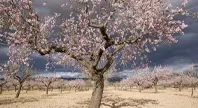

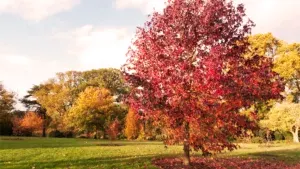

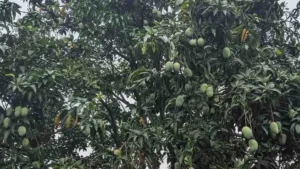
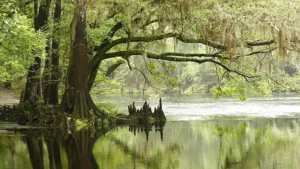
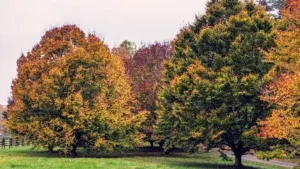
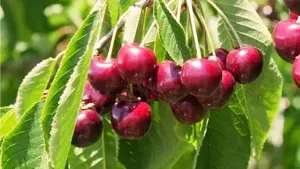



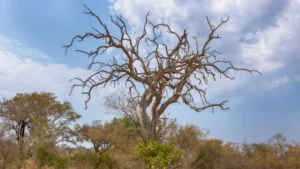
Leave your comment